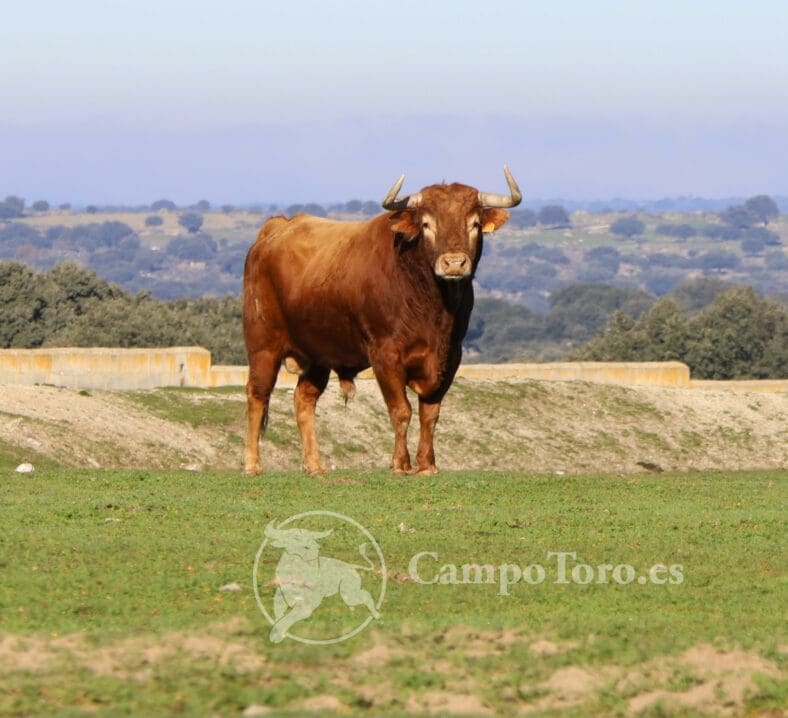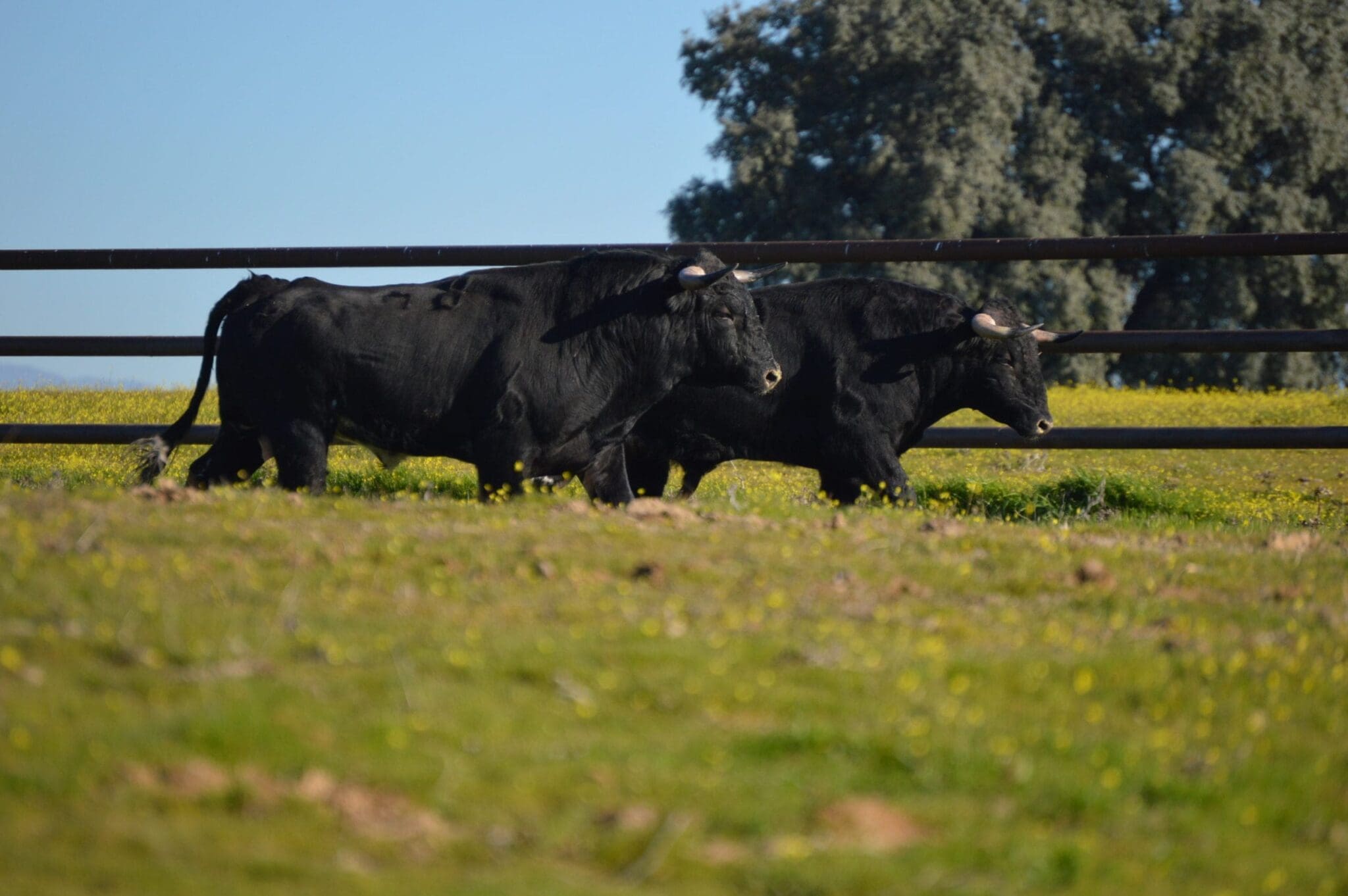
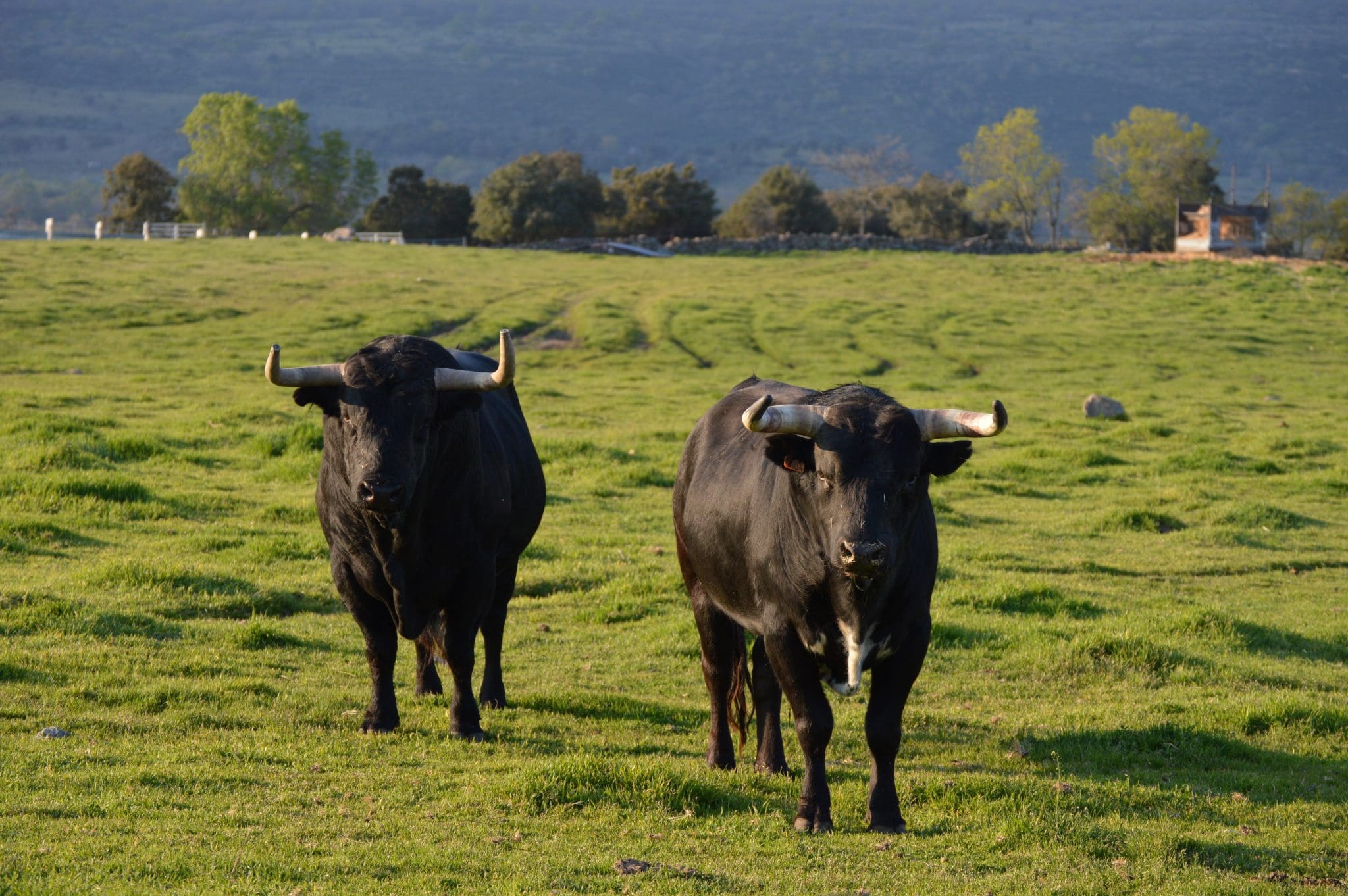
Introduction to bullfighting for beginners in Madrid
The Spanish fighting bull, or toro de lidia, or toro bravo is a unique breed of bovine renowned for its exceptional bravery and beauty. Let us to explain you all details of Bufighting Introduction.
The bull’s physical build and natural aggression make this breed appropriate for the bullfight due to its impressive strength as well as its instinct to charge (attack).
Within the world of bullfighting, the bull is seen as the main protagonist of the corrida. The King of the Fiesta, “El rey de la fiesta”, the bull.
Recognized worldwide as a symbol of bravery and resilience. The totem of Spanish culture.
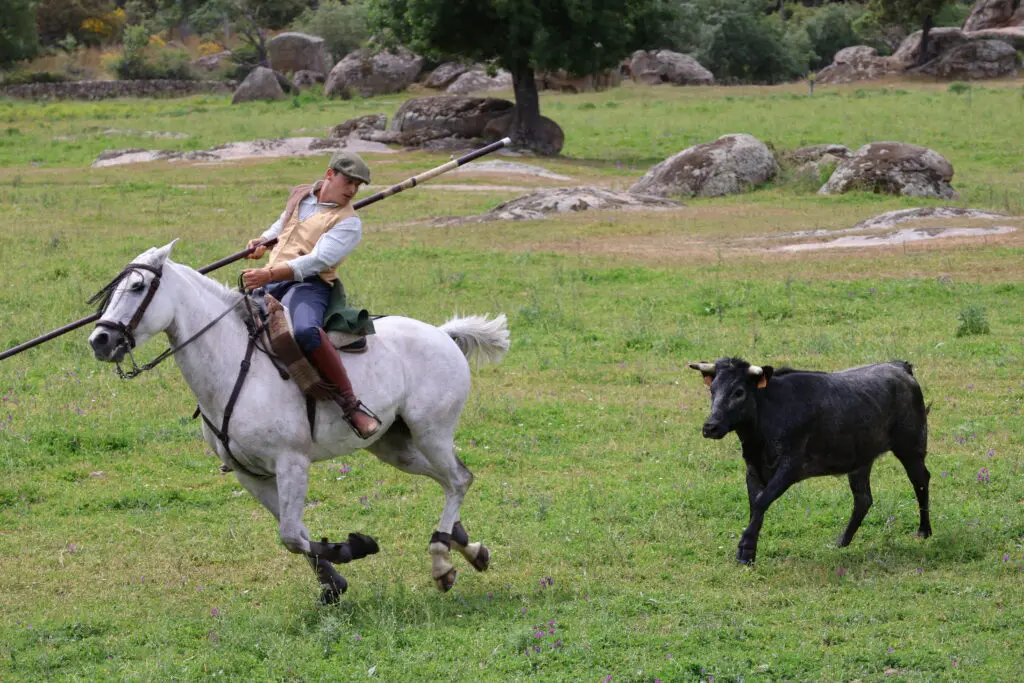
LIVE the Bull Ranch Experience
Let us give you an introduction to bullfighting in Madrid. We want to show you the love and passion to breed the brave bull. Visiting our brave bull ranch to have a good introduction to bullfighting for beginners or even for locals because we have VIP access to this hidden part of bullfighting. And you only need 30 min to get to the ranch (we will help you with transport).
Origins and introduction to bullfighting
Bullfighting, or corrida de toros, traces its roots to ancient Mediterranean cultures, possibly in Minoan Crete or ancient Mesopotamia. It evolved in Spain over centuries, incorporating elements of Roman and Moorish traditions. By the Middle Ages, it transformed into a stylized spectacle featuring matadors, picadors, and banderilleros. Initially, it served as a ritualistic practice to honor gods and rulers, later becoming a form of entertainment for the masses. Bullfighting gained prominence during the Spanish Golden Age and expanded globally with Spanish colonization. Despite the controversy, it remains a significant cultural tradition in Spain and other Spanish-influenced countries.
Come to our bullfighting tour to discover the Bull, the icon of Spain.
A bull will only experience one bullfight in its life. This is seen by the aficionados as the day the bull proves his strength, dignity, and bravery. Qualities for which the bull is admired by the audience. After the bullfight, the meat will be sold for consumption.
It is worth remembering that bulls that go on to appear in bullfights have a longer and more privileged life than almost any other cattle bred in the world. A bull bred for meat alone lives for only 18 months. Whereas the toro de lidia lives for about 5 years on average.
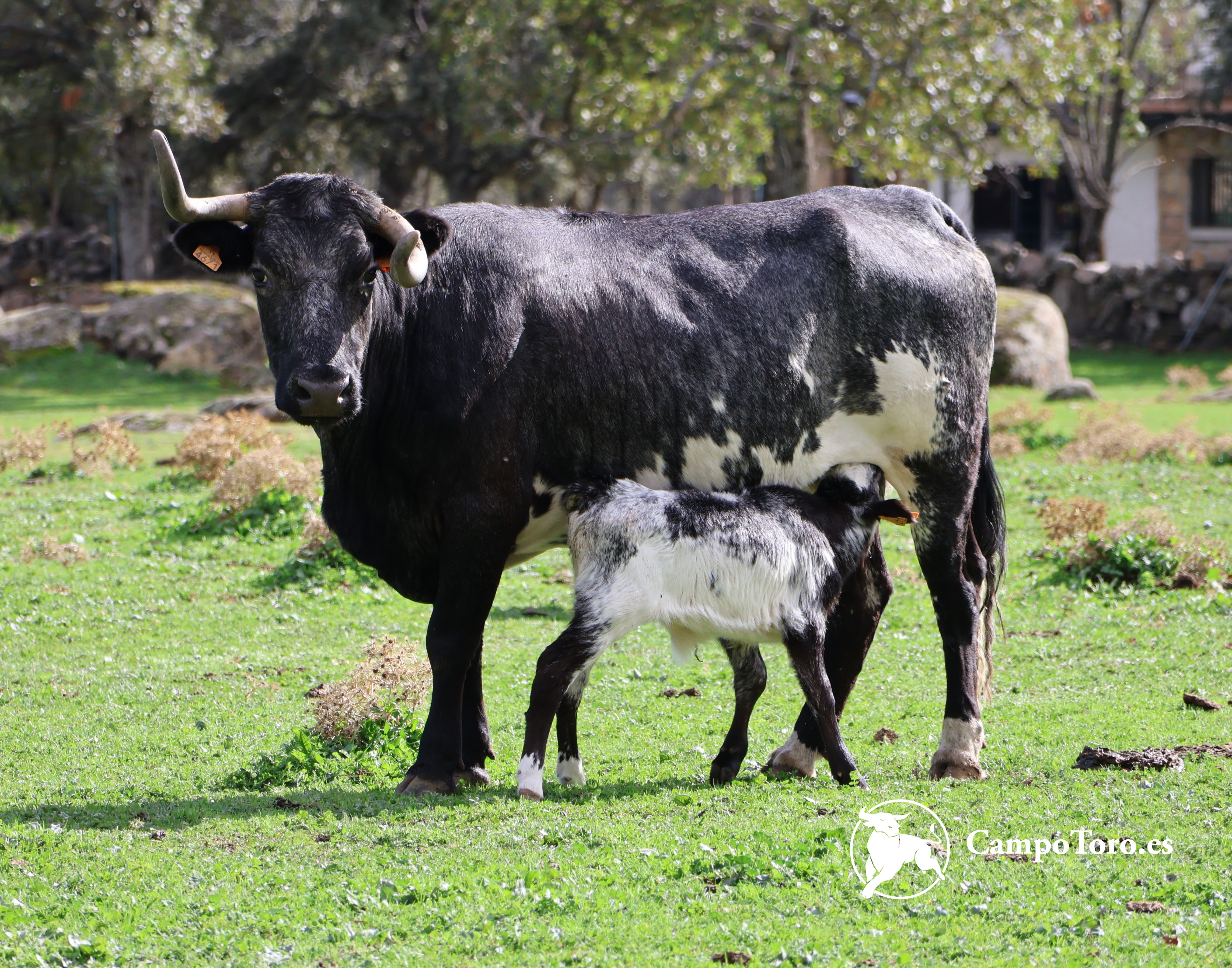
Bulls Characteristics introduction
This magnificent animal is admired and revered for inspiring not only fear but also respect. A toro bravo typically weighs between 450 – 650 kilos and is a highly alert and responsive animal. The bull’s physique is characterized by the distribution of muscle around the neck and shoulders. He used to lift and toss with its horns. The length of horns, legs, tail, and coloring all vary by breed and bloodline.
A bull’s natural behaviour both in the wild and in the bullring is to attack anything it perceives as a threat. Movement and proximity trigger the bulls. In the wild, the bull will fight with other bulls, in disputes over territories and status, or during the mating season. In the bullring, it is the movement of the bullfighter’s capes that attracts the bull to attack instinctively and to charge repeatedly.
We can show you a real bullfight ranch with a bloodless spectacle, to dive into Spanish culture. Visit http://campotoro.es to feel the bull experience.
We can show you the tradition and passion. Mail us at campotoro.es@gmail.com.
Bullfighting Origin and Evolution
Bullfighting, known as “corrida de toros” or simply “tauromaquia” in Spanish, has deep roots in Spain’s cultural and historical fabric.
It starts as a form of ritualistic sacrifice in prehistoric societies, where bulls are revered as symbols of strength and fertility. Over time, these rituals evolved into more structured forms of entertainment and spectacle, eventually becoming the organized events we recognize today.
The Roman Empire, where bullfighting-like events were held as part of religious festivals and celebrations. These events often involved the killing of bulls as a form of entertainment for the masses.
By the time of the Middle Ages, bullfighting had become a popular pastime in Spain, particularly among the nobility and aristocracy. In that period bullfighting began to take on many of the elements that define modern bullfighting, including the use of matadors and the cape-and-sword techniques that are still employed today.
In the 18th and 19th centuries, bullfighting experienced a surge in popularity throughout Spain and its colonies in Latin America. It became not only a form of entertainment but also a symbol of national identity and cultural pride.
Bullfighting introduction for beginners
Welcome to the exhilarating world of bullfighting! Are you ready for an unforgettable adventure? Join us for an immersive experience designed for beginners to delve into the fascinating art of bullfighting.
Our Bufighting Introduction for Beginners in Madrid program offers a unique opportunity to step into the shoes of a bull breeder for a day. You’ll be immersed in the rich traditions and skills of this ancient practice.
Begin your day with a guided tour of our authentic bull ranch in Madrid, where you’ll learn about the breeding process and witness the majestic beauty of these powerful animals up close. Our experienced ranch hands will share their expertise and insights, giving you a behind-the-scenes look at life on the ranch.
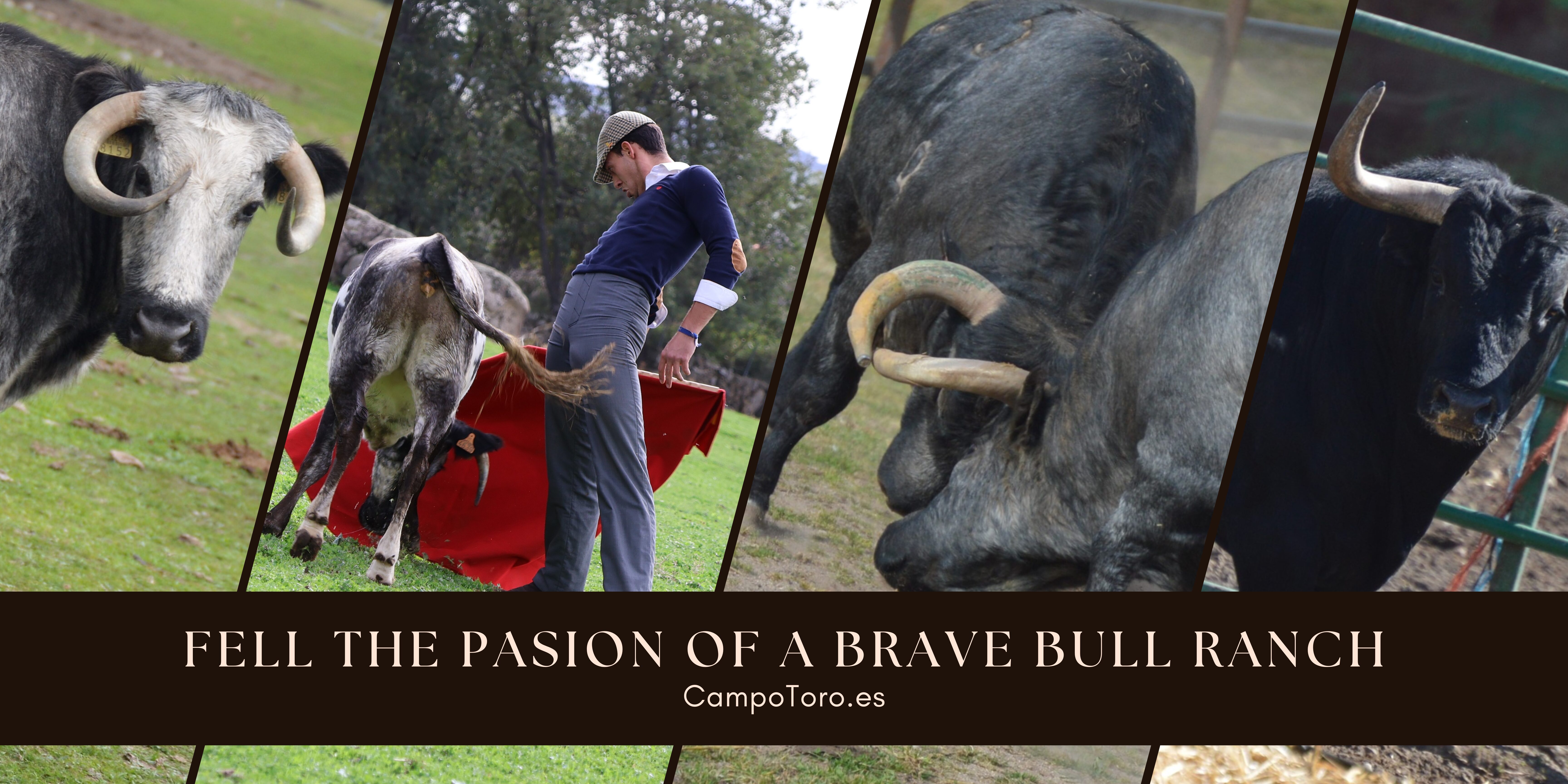
Next, it’s time to roll up your sleeves and get hands-on with our bullfighting training session. Under the guidance of seasoned matadors, you’ll learn the fundamental techniques of bullfighting, from cape work to footwork. Our instructors will provide personalized coaching, ensuring you feel confident and comfortable in the ring.
As the sun begins to set, the moment you’ve been waiting for arrives the chance to face a baby bull in the ring. With your newfound skills and courage, you’ll step into the arena and put your training to the test. Don’t worry, our expert team will be by your side every step of the way, ensuring your safety and success.
Whether you’re a thrill-seeker seeking an adrenaline rush or a curious adventurer eager to explore a centuries-old tradition, our Bufighting Introduction for Beginners program promises an unforgettable experience.
Join us and discover the thrill of bullfighting firsthand!
Testimonials
We have the best bullfighting tour in Madrid.
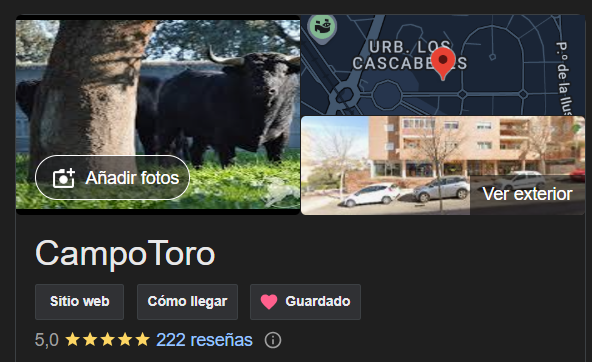
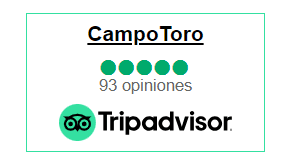
How does that sound? Contact us: Campotoro.es@gmail.com
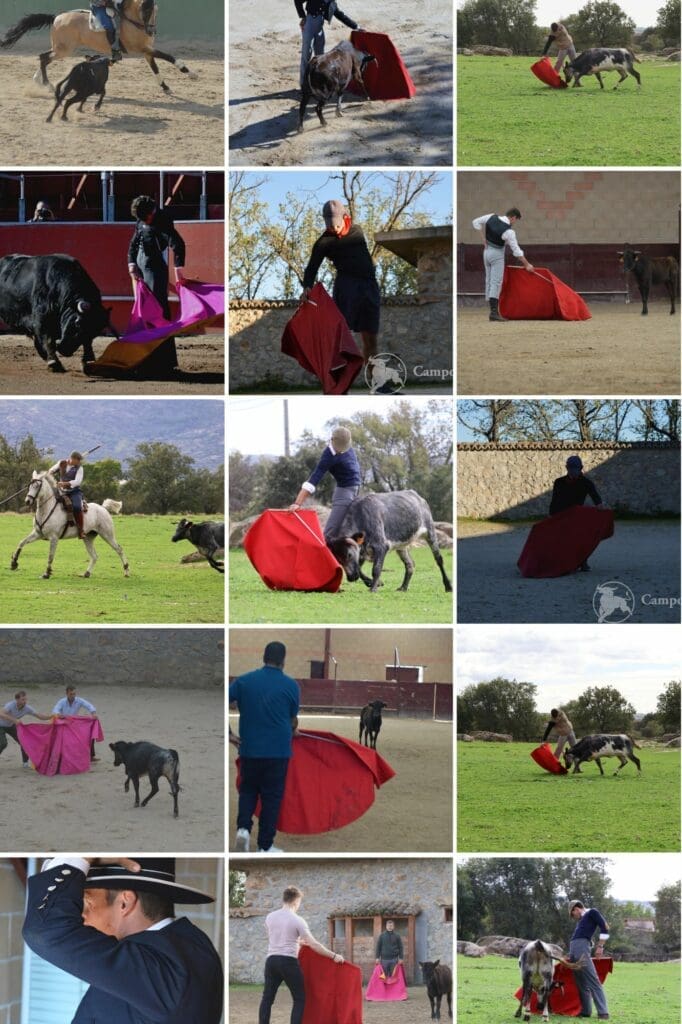
Useful Links for Bufighting introduction for beginners.
- Check availability for tickdts: https://www.las-ventas.com/
- Free Bullfighting Museum :https://www.comunidad.madrid/cultura/oferta-cultural-ocio/museo-taurino-ventas
- Bull and ecologism : https://elpais.com/diario/2007/12/09/andalucia/1197156123_850215.html
We know that seeing a bullfight could be too much for a beginner, so we recommend you to join us and discover the brave bull. Mail us: campotoro.es@gmail.com

